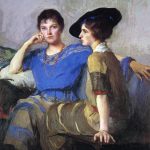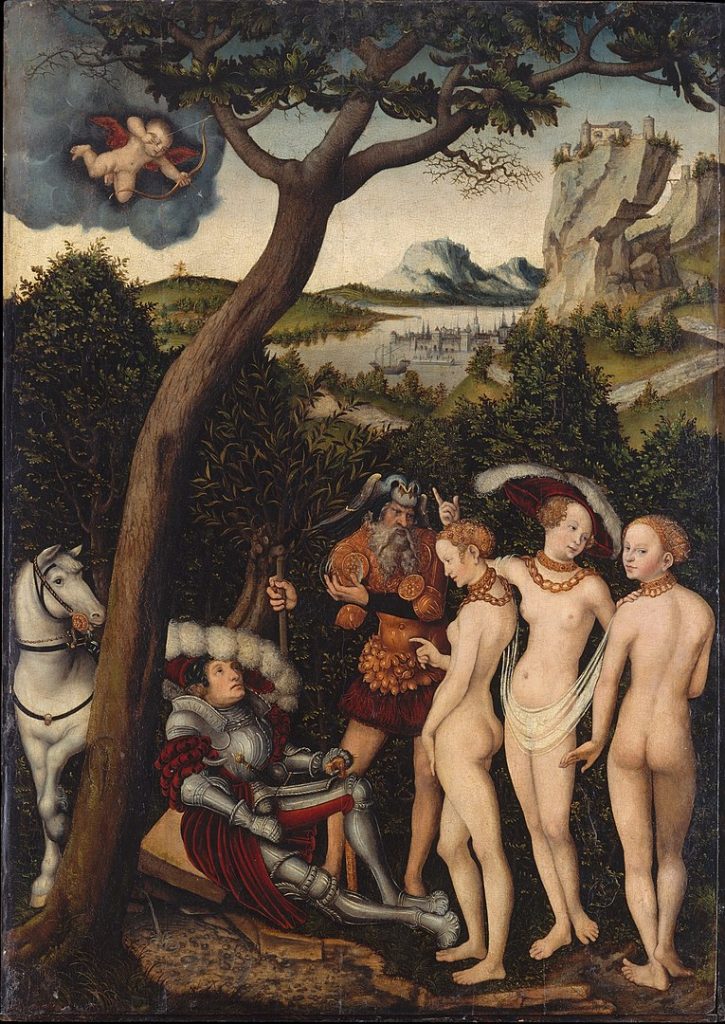
Lucas Cranach the Elder was a renowned German Renaissance painter and printmaker, born on October 4, 1472, in Kronach, Franconia (modern-day Germany). His life unfolded during a period of significant cultural and artistic transformation, and Cranach’s contributions left an indelible mark on the art world of the 16th century.
Cranach’s early years were marked by the social and political changes of his time. He received his artistic training in Vienna and later moved to Germany, where he became associated with the workshop of the famous artist Albrecht Dürer. This period of apprenticeship under Dürer significantly influenced Cranach’s artistic style and technique. Under Dürer’s mentorship, Cranach developed a keen eye for detail and a mastery of the intricate art of printmaking.
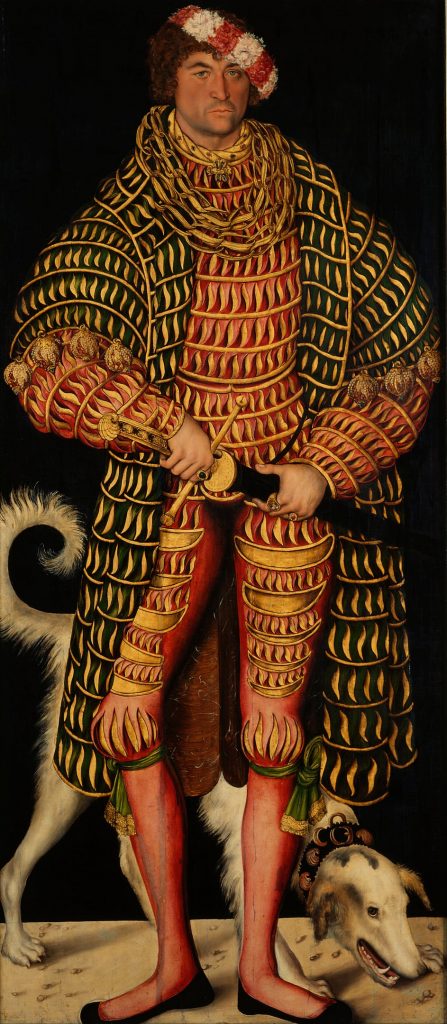
In 1505, Cranach moved to Wittenberg, where he established himself as a prominent artist and became a close friend of Martin Luther, the influential figure of the Protestant Reformation. This friendship played a crucial role in shaping Cranach’s life and career, as he became deeply involved in the cultural and religious shifts of the time. Cranach’s art not only reflected his technical skill but also conveyed the ideological and theological currents of the Reformation.
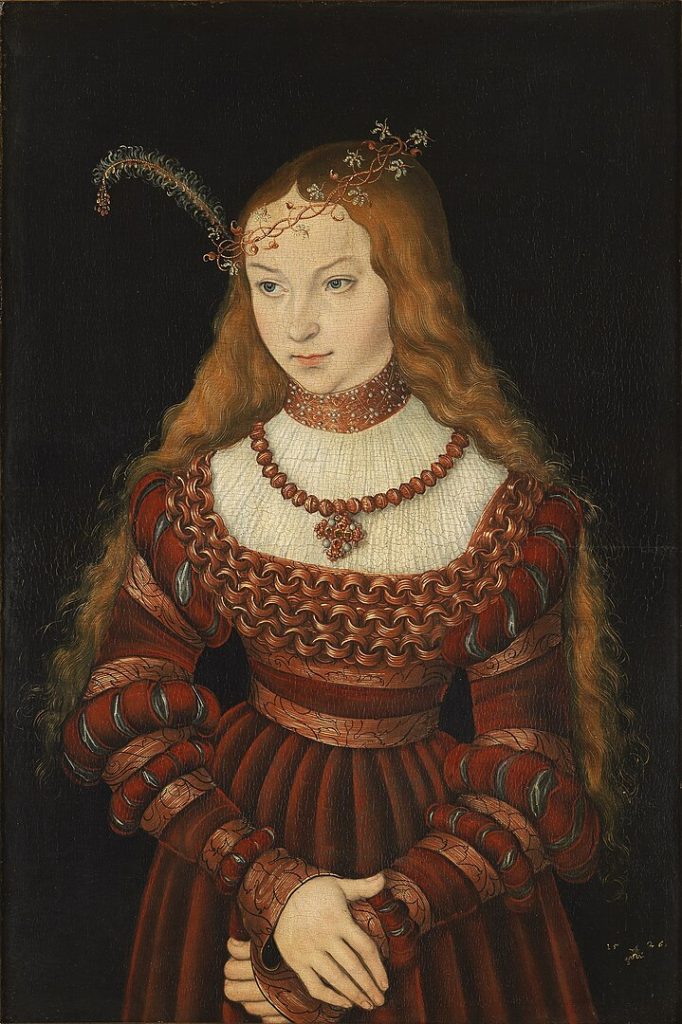
The artist’s fame grew, and in 1509, he was appointed court painter to Frederick the Wise, Elector of Saxony. This position provided Cranach with both financial stability and the opportunity to create works for a prestigious audience. His artistic output during this period included portraits, altarpieces, and illustrations for Luther’s writings. Cranach’s portraits were particularly noteworthy for their detailed rendering and ability to capture the essence of his subjects.
Cranach’s career reached new heights with his appointment as the court painter for the Elector of Saxony. The artist’s output during this time expanded to include mythological and allegorical paintings, reflecting the humanist spirit of the Renaissance. He developed a distinct style characterized by graceful figures, vibrant colors, and meticulous attention to detail. One of his most famous paintings, “The Judgment of Paris,” exemplifies his skill in depicting classical themes with a contemporary twist.
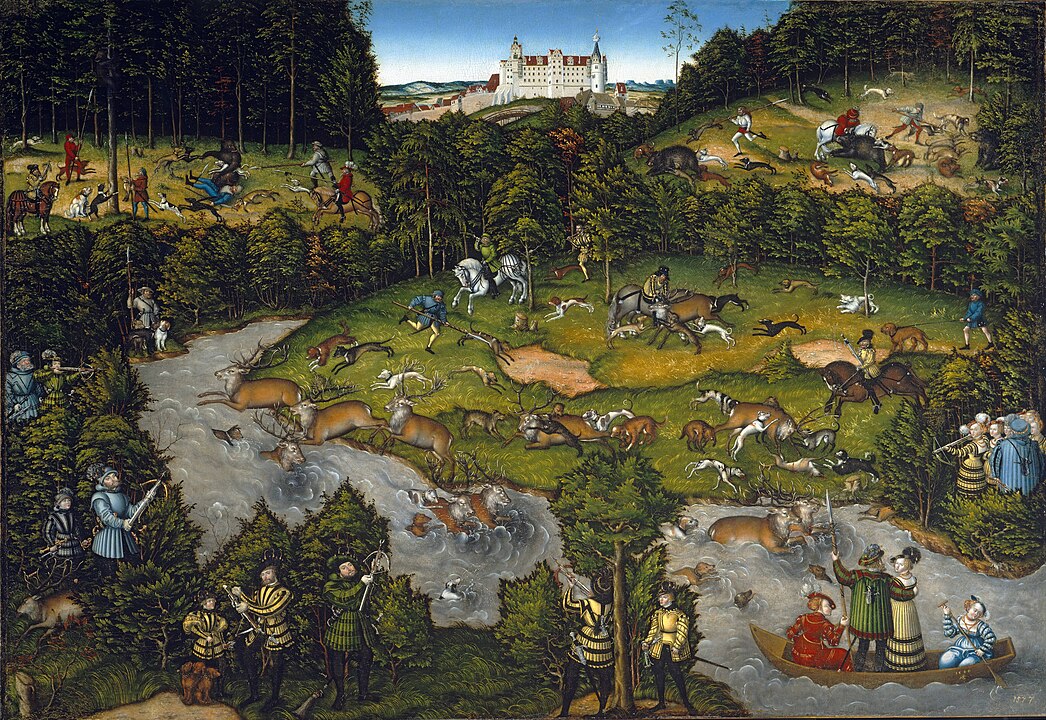
Apart from his prowess in painting, Cranach was a prolific printmaker. He produced numerous woodcuts and engravings, contributing to the dissemination of artistic ideas across Europe. His prints often featured religious and mythological subjects, showcasing his versatility as an artist. Cranach’s prints were highly sought after and played a crucial role in popularizing his work beyond the confines of the court.
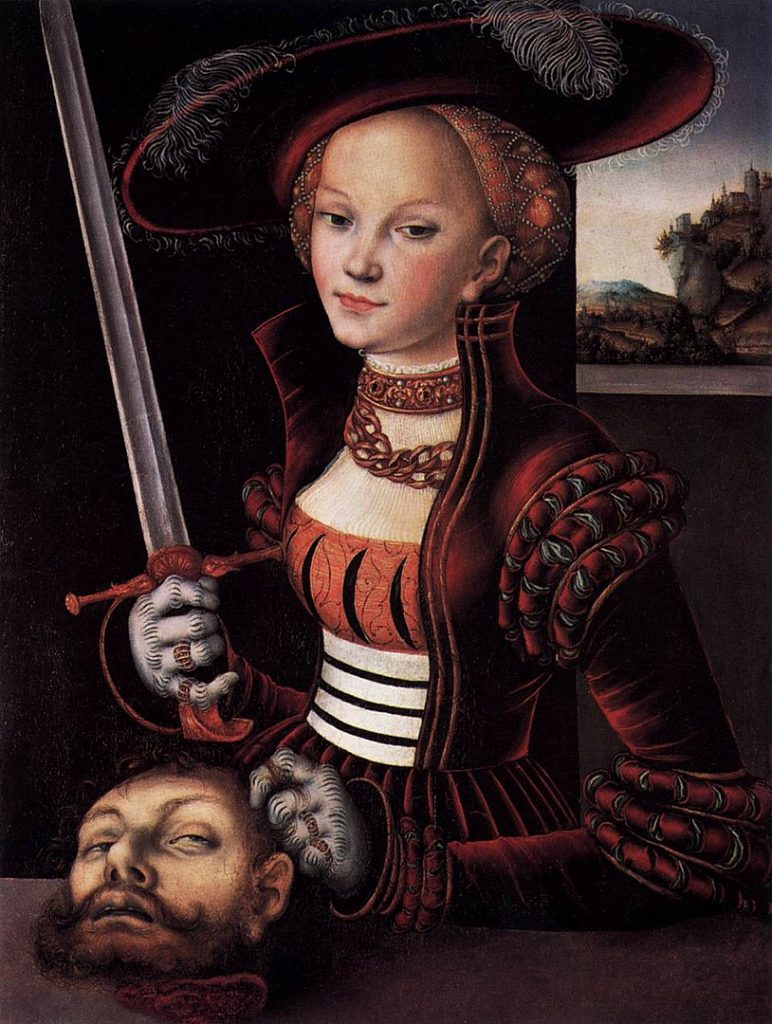
As the Reformation gained momentum, Cranach found himself deeply involved in the religious and political upheavals of the time. He used his art as a means of expressing and disseminating Protestant ideals, creating iconic images that became associated with the Reformation. One such example is his portrayal of Martin Luther, which became an enduring image of the reformer.
Cranach’s involvement in the Reformation extended beyond his artistic endeavors. He held various civic positions in Wittenberg, including serving as the town councilor and mayor. His influence went beyond the realm of art, as he actively participated in the cultural and political life of the community.
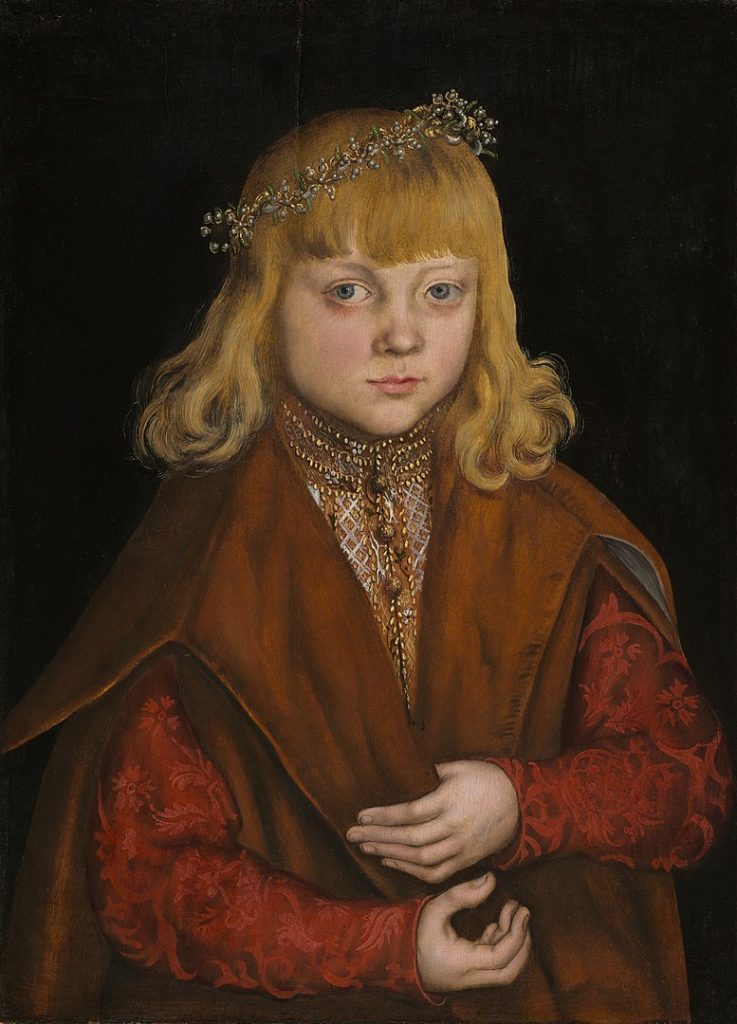
Despite the tumultuous times, Cranach’s artistic output remained prolific. He continued to paint portraits, mythological scenes, and religious works. His workshop, which included his sons, became a thriving center for artistic production. Cranach’s ability to balance his role as a court painter, a civic leader, and a committed supporter of the Reformation speaks to his versatility and adaptability.
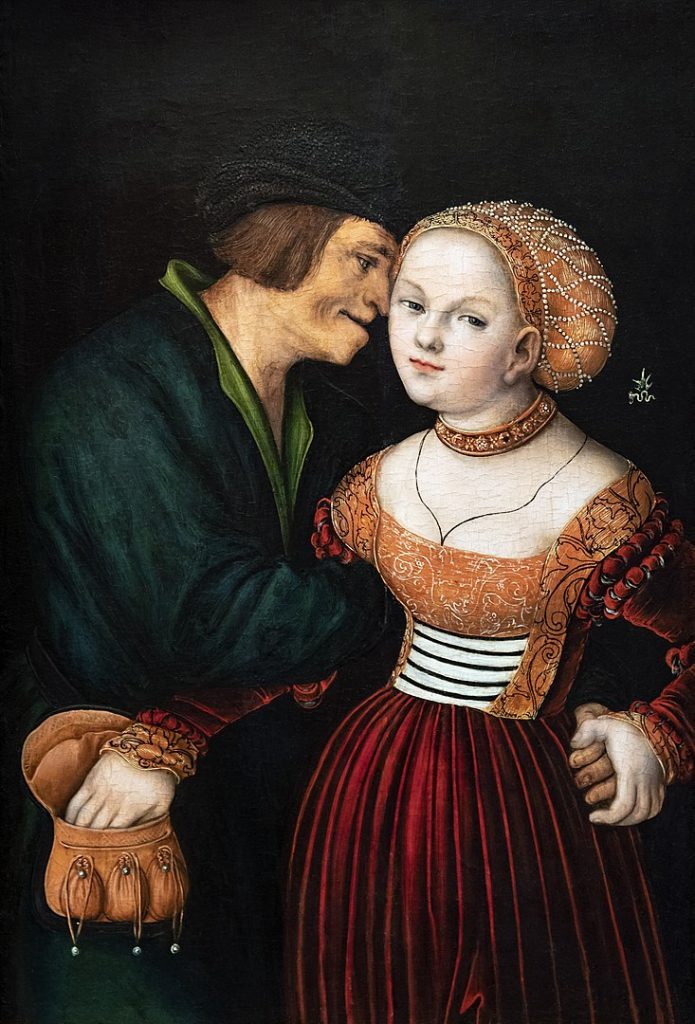
Lucas Cranach the Elder’s later years were marked by the changing political landscape of Germany. The political and religious tensions of the time forced him to navigate carefully through shifting allegiances. In 1547, after the defeat of the Protestant Schmalkaldic League, Cranach found himself in a precarious position. He decided to pledge allegiance to the Catholic Emperor Charles V, a move that allowed him to retain his position and properties.
Cranach’s decision to align with the Catholic authorities was a pragmatic move that ensured his survival in a tumultuous period. Despite this political maneuvering, his artistic legacy remained intact. Cranach continued to produce works until his death on October 16, 1553, in Weimar, Germany. His impact on the art world endured through the generations, influencing subsequent artists and contributing to the rich tapestry of the Northern Renaissance.
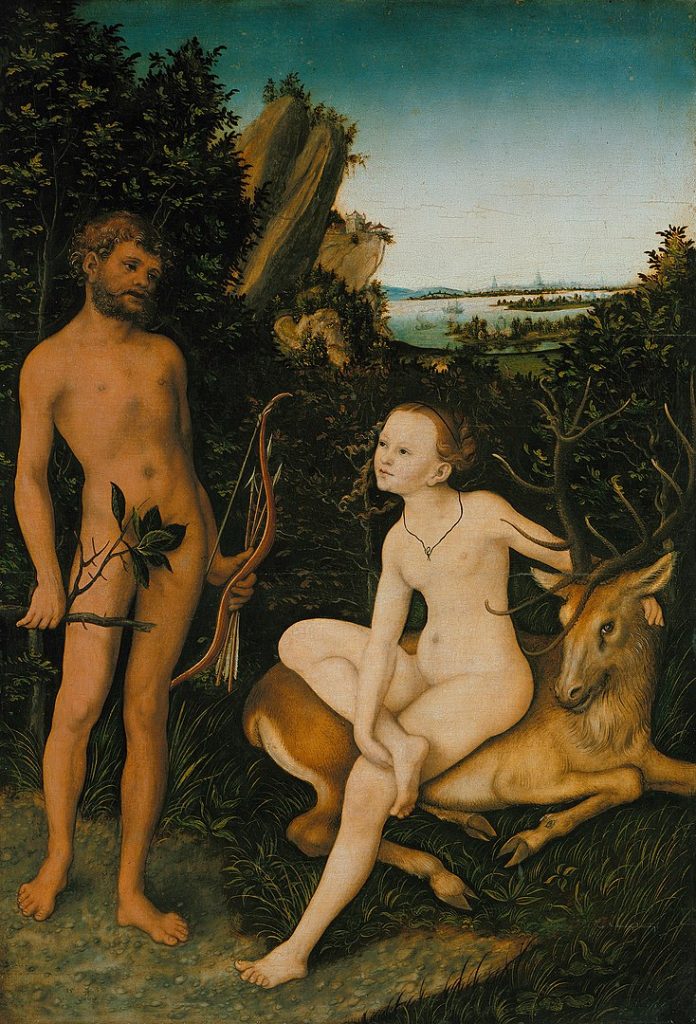
In conclusion, Lucas Cranach the Elder’s life was a tapestry woven with threads of artistic brilliance, religious fervor, and political astuteness. From his early years under Dürer’s tutelage to his role as the court painter for the Elector of Saxony, Cranach’s journey reflected the dynamic cultural shifts of the Renaissance. His art not only captured the aesthetic ideals of the time but also served as a powerful medium for expressing and shaping the religious and political narratives of the Reformation. Cranach’s legacy endures as a testament to the enduring power of art to reflect, influence, and shape the course of history.






